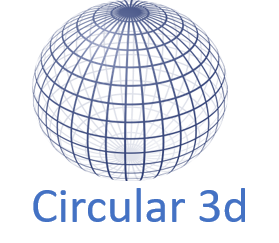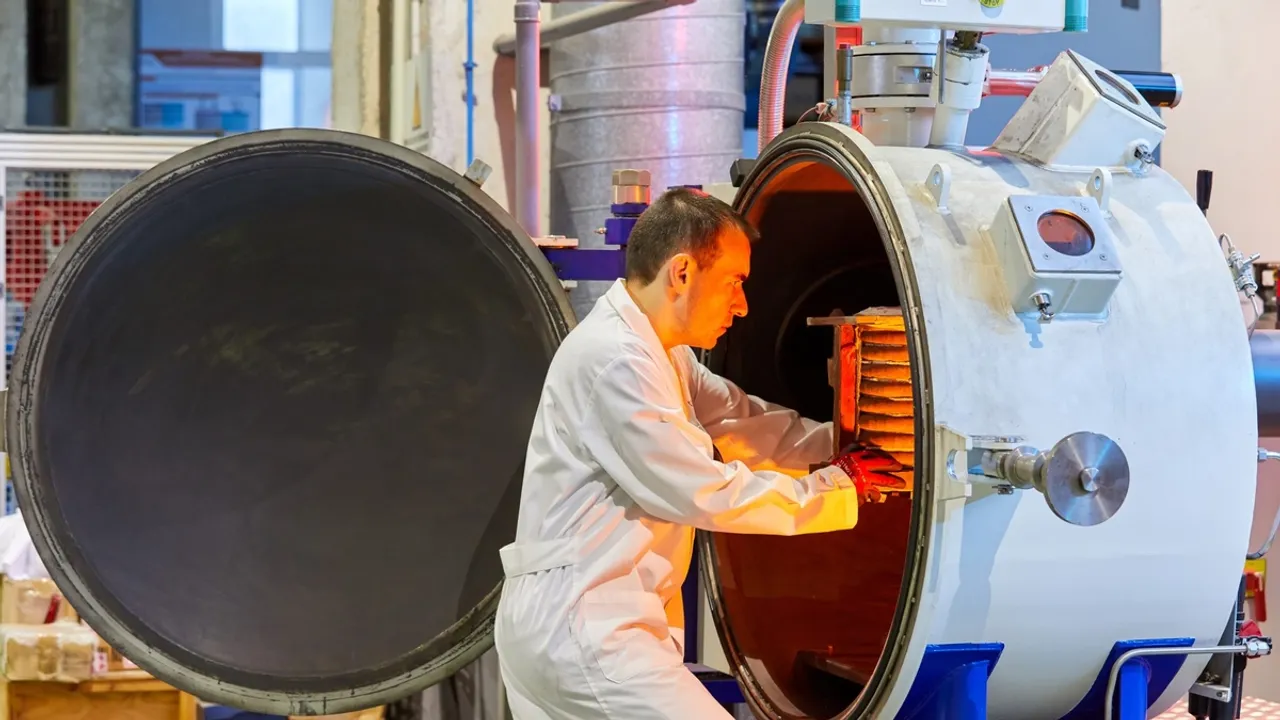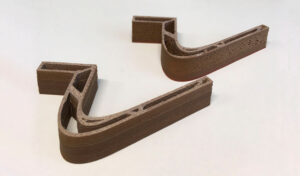A groundbreaking study reveals the potential of a PHB and cellulose composite for 3D printing, while TECNALIA’s SuperBark initiative aims to create sustainable adhesives and coatings with 95% bio-based content. Together, these advancements are revolutionizing manufacturing and promoting circular economies.
In an era where sustainability is not just a choice but a necessity, a groundbreaking study emerges, blending the worlds of 3D printing technology and bio-based materials. This research, focusing on the potential application of a composite made from polyhydroxybutyrate (PHB) and natural cellulose for 3D printing, promises not only to revolutionize the manufacturing landscape but also to pave the way for a more sustainable future. Meanwhile, TECNALIA leads the charge in the SuperBark initiative, aiming to transform industrial adhesives and coatings with the power of nature. Together, these endeavors mark a significant stride towards greener, more circular economies.
3D Printing Meets Nature: A Bio-Based Breakthrough
The fusion of PHB, a bio-based polymer, with natural cellulose has unveiled a composite that stands out for its enhanced mechanical properties, thermal stability, and dispersion capabilities. This innovative material, designed for 3D printing applications, outperforms pure PHB in several key aspects, making it a beacon of progress in the quest for sustainable manufacturing solutions. The study meticulously evaluates the composite’s performance, showcasing its potential to replace conventional, fossil-based materials in a myriad of industries.
At the heart of this research is the ambition to make 3D printing—a cornerstone of modern manufacturing—more environmentally friendly. The use of bio-based polymers like PHB combined with the renewable resource of cellulose represents a significant leap forward. Not only does this approach leverage the inherent strengths of each component, but it also aligns with global efforts to reduce reliance on fossil fuels and minimize environmental footprints. (Read more)




